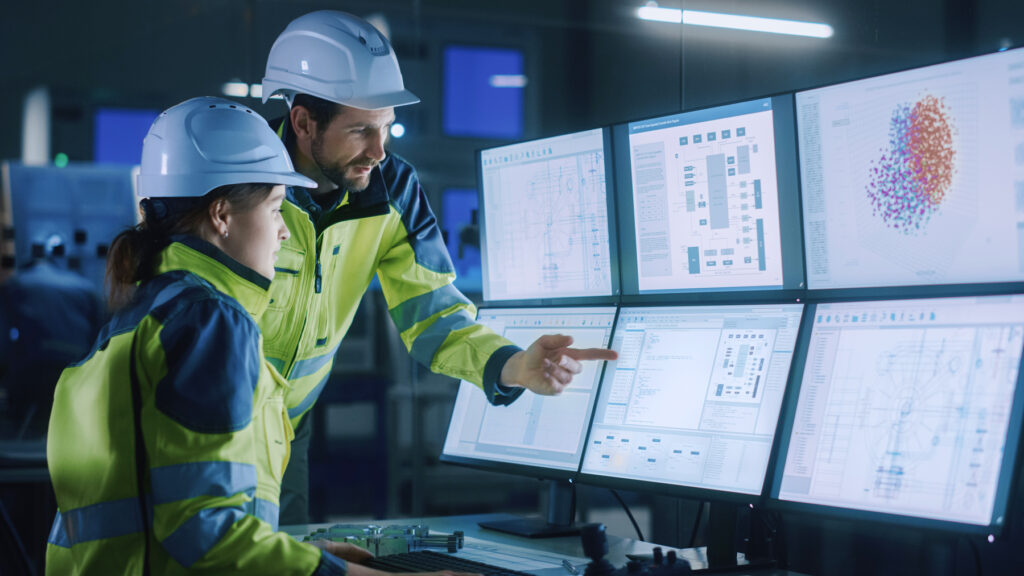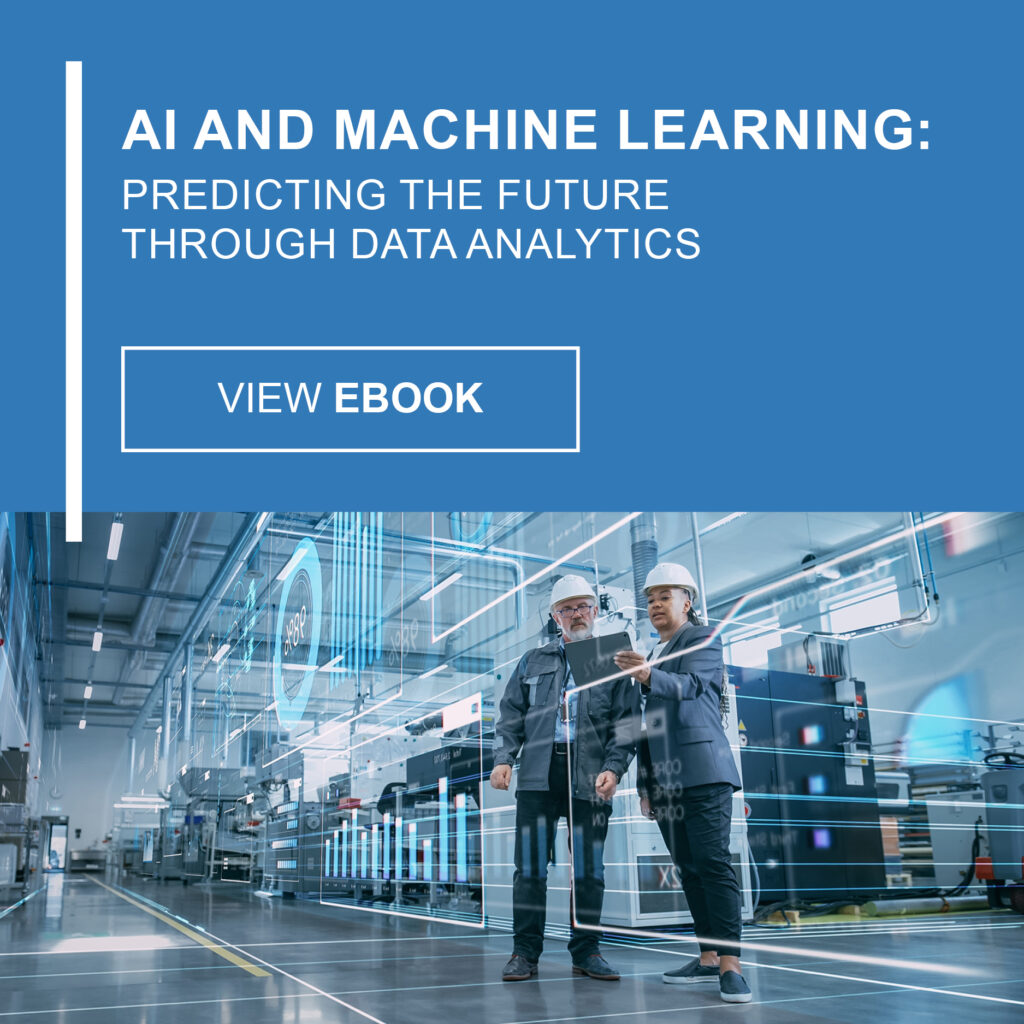
AI’s Positive Impact on Manufacturing – Why The Bots Are Not Coming For Our Jobs
Since the industrial revolution, every technological advancement has been viewed through the lens of its effect on jobs. Will I be obsolete? Can a machine do my job better than I can? Are the bots coming for me? If my skills are rendered obsolete, what will I do?
The plain truth is, sometimes machines can do the job better, faster or more efficiently than a human can. Think of the advent of the sewing machine. Even your grandmother’s old Singer model is a whole lot faster, more precise and efficient than she is working with a needle and thread. The art and craft of sewing isn’t lost or obsolete, but for sheer volume and exact replication, you can’t beat the machines.
What’s happening now with artificial intelligence (AI) in manufacturing is a little bit like that. People on all levels of the manufacturing chain want to know if AI is taking over.
The answer is no. Don’t think of it as a takeover. Think of it as more of a transformation. It’s already happening, and it’s not all bad.
AI’s current impact on manufacturing
Artificial intelligence is seeping into the manufacturing workplace in a couple of important ways.
Automation: Much like the sewing machine and indeed all of the industrial revolution, AI has the power to automate repetitive tasks previously done by humans. Operating machinery, tasks on the assembly line, even inspecting products for defects – all of these things are increasingly being automated.
Efficiency: AI can help us optimize processes and procedures, leading to greater efficiency on the line and as a whole.
New job creation. Yes, you read that right. Whereas AI may reduce the amount of jobs focused on repetitive tasks, it is also creating jobs that we haven’t seen before in the manufacturing realm, including specialized programmers, engineers, and technicians. It means companies will need people with different skill sets, and the savvy employers will dig in and train the people they already have to take on these new roles.
Predictive analytics
At USC Consulting Group, we’ve already been using AI with some of our manufacturing clients, specifically in the area of predictive analytics. We spell it all out in our eBook, “AI and Machine Learning: Predicting the Future Through Data Analytics,” but here is the gist of it in a nutshell.
By now, we all know what AI is — computer systems that perform intelligent tasks, like reasoning, learning, problem solving, decision making, and natural language processing, among others.
Machine learning is a subset of AI. It is, technically, a set of algorithms that can learn from data. Instead of having to be programmed, the computer learns on its own based on data.
Predictive analytics is one output of machine learning. It is the ability to forecast future outcomes based on data. It’s like having a crystal ball that’s informed by vast amounts of complex algorithms and data.
You’re already familiar with predictive analytics but may not know it. You know how Amazon suggests an item for you to buy based on past purchases, or Netflix queues up new shows based on what you’ve already watched? That’s predictive analytics in action.
Much like Netflix’s use of predictive analytics created a seismic shift in consumer expectations, this technology also has the potential to transform operating procedures and processes for many industries.
The benefits of using AI in predictive analytics are many, including:
- Greater precision and accuracy. Yes, humans do the programming. But AI can analyze mountains of data and identify complex patterns people might miss.
- AI can analyze vast amounts of data in a snap. This helps companies make decisions faster.
- Increased efficiency. All of this accuracy and speed leads to greater efficiency, output and ultimately, profits.
Bottom line: AI needs us
AI is a powerful tool we’ve used at USCCG to help our clients achieve greater efficiency, productivity, and profits.
But here’s the thing about that. It’s a tool. And it’s only as good as the data we supply. Any variation, and there can be skewed results.
As we all know, life is not a data set. Variation is happening all around us, all the time, even in projects where we need great precision.
That’s why the bots are never going to replace humans. They need us as much as we need them. At USCCG, we have more than 50 years of experience making process improvements, finding hidden opportunities for efficiency, creating leaner systems and helping companies thrive. For the next 50, AI will be one tool we use to help achieve that.
Read more about this innovative technology, including a specific case study about how AI works in practice, in our eBook, “AI and Machine Learning: Predicting the Future Through Data Analytics.”






